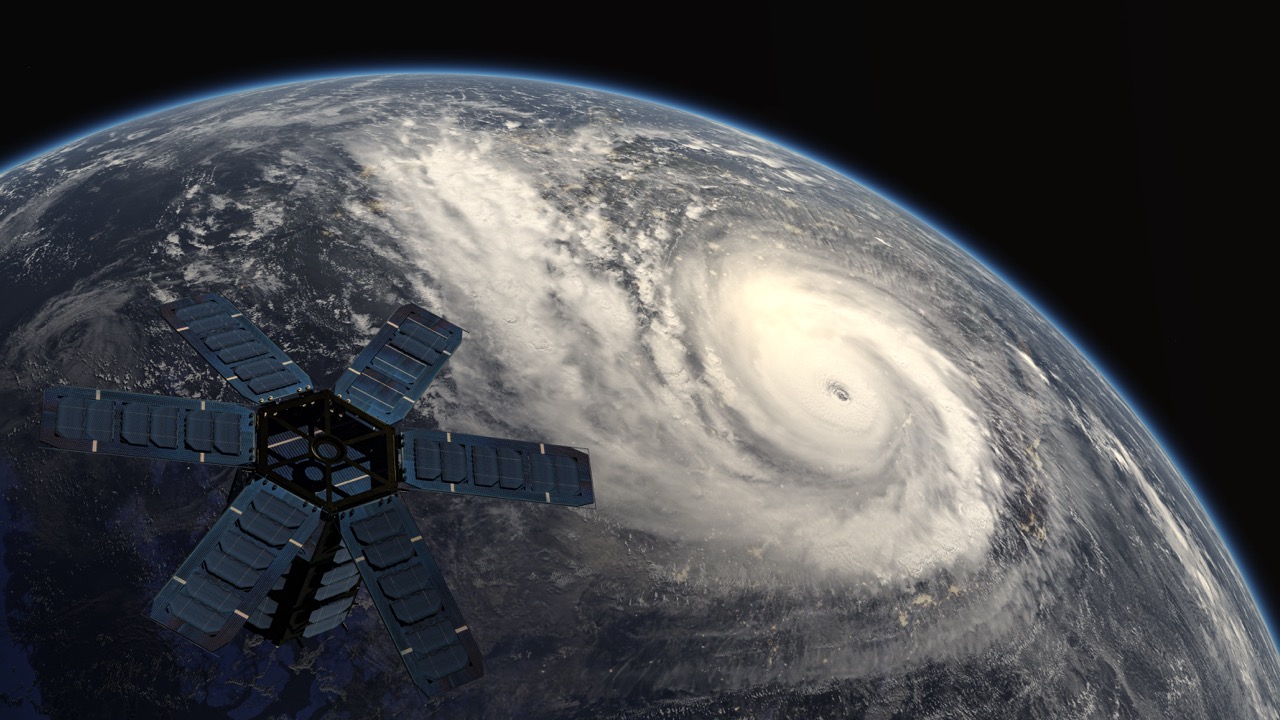From observation to adaptation: Empowering countries to act
Climate change strikes at the heart of our economies and our societies. One thing is clear. The cost of action may seem high but the cost of inaction will be much higher. We have the knowledge and the necessary weather and climate intelligence to change direction, but what is currently lacking is the decisive leadership.
The past 10 years have been the warmest on record. Ocean heat and acidification, sea level rise, glacier retreat and sea ice loss continue unchecked – driven by record greenhouse gas concentrations. Weather, climate- and water-related extremes caused thousands of deaths and hundreds of billions of dollars in economic losses. Developing countries are hit disproportionately hard.
At this critical juncture, leadership means acting decisively on two fronts simultaneously, guided by science. First, we need to do more to reduce greenhouse gas emissions and accelerate the transition to renewable energy. Our planetary health depends on this, and it makes economic sense.
Second, we must scale up climate adaptation to build resilience to more frequent extreme events.
I call on leaders to walk the talk – starting with increased investments in national meteorological and hydrological services to strengthen observational networks, forecasts and early warnings to protect communities and livelihoods. We have the tools and the knowledge to deliver climate-smart solutions – for more resilient urban infrastructure, drought-resistant crops, more effective energy and water management and robust health systems. Such climate financing is an effective and efficient investment in our future.
Forecasting a safer future
The World Meteorological Organization marks its 75th anniversary this year, under the slogan ‘Science for Action’. For the past 75 years we have pioneered the free exchange of billions of observations – from ground
stations, ships and ocean buoys, aircraft and satellites – to provide the reliable forecasts that society so depends on. No one country can do this alone and global collaboration – fostered by WMO – is key.
But there are big gaps in the basic global observing system. We are working to increase capacity and close those gaps. Any lack of observations and forecasts in least developed countries and small island developing states affects the quality of forecasts in other parts of the world.
WMO is driving progress in adaptation and resilience. The Early Warnings for All initiative seeks to ensure that everyone is protected by life-saving alerts by 2027. Key financing and capacity-support mechanisms for delivering on this ambitious initiative include the Systematic Observations Financing Facility and the Climate Risk and Early Warning Systems.
At the bedrock of this action are the national meteorological and hydrological services of WMO’s 193 members, which deliver daily forecasts, seasonal outlooks and tailored climate information to support agriculture and food security, disaster risk reduction, water and energy management, and health.
WMO’s role is to equip these services with standards, open data access and capacity development so that they can meet rising expectations from governments, sectors and citizens. National meteorological and hydrological services must be empowered to provide the data, information and analysis for evidence-based climate action.
Scaling innovation to close the global early warning gap
WMO’s annual State of the Climate reports provide authoritative updates that inform international negotiations and public awareness. Many countries now integrate climate services into their nationally determined contributions, national adaptation plans and disaster risk management frameworks.
National meteorological and hydrological services, supported through WMO coordination, are delivering more accurate forecasts and warnings than ever before – and artificial intelligence offers developing countries with limited computing capacity the chance to leapfrog to more sophisticated forecasting capabilities.
Yet challenges remain. One-third of the world’s population still lacks access to adequate early warnings, concentrated in the least developed and most vulnerable regions. Observation gaps – particularly in Africa and small island states – threaten the accuracy of global climate monitoring.
Financing for both infrastructure and capacity for service delivery remains insufficient, especially to sustain operations in the long term.
To fully realise their potential, national meteorological and hydrological services must be empowered with stronger institutional mandates, adequate funding and leadership strategies that reposition them as central actors in national climate policy planning and finance mobilisation.
A critical moment for climate resilience
G20 leaders gathering in Johannesburg have both the responsibility and the opportunity to set the tone for global climate leadership. This requires committing to deeper mitigation and also ensuring that developing countries are able to access and leverage climate finance effectively.
One of the most effective steps they can take is to strengthen national meteorological and hydrological services, by endorsing their central role in providing the scientific information and support that underpin transformative, well-financed climate action.
Above all, the G20 must demonstrate that cooperation, capacity building and solidarity are the hallmarks of leadership.












